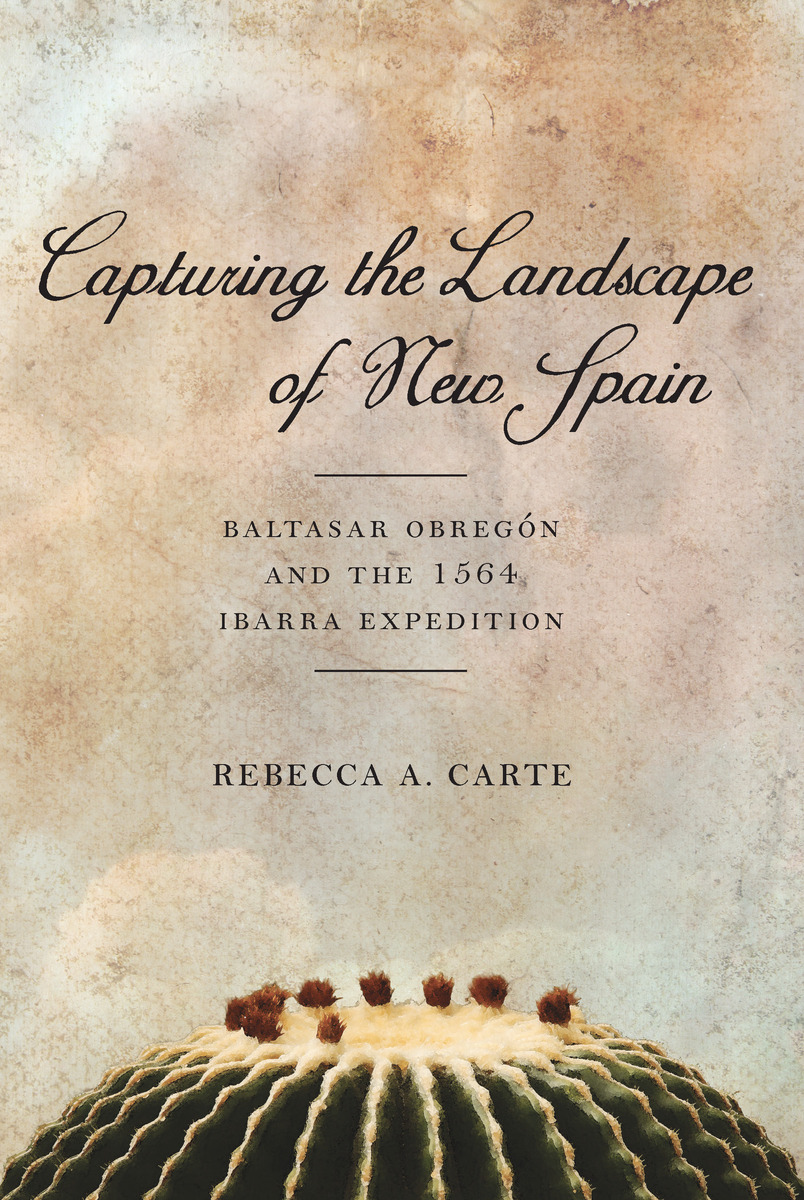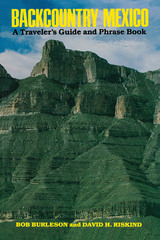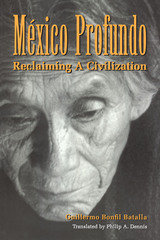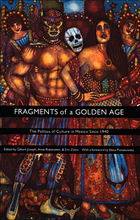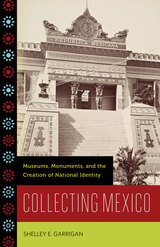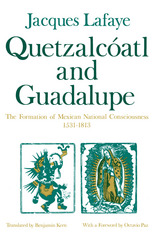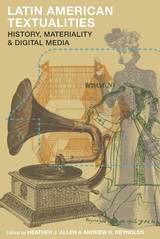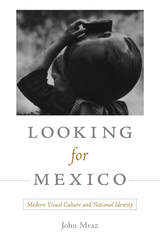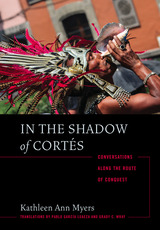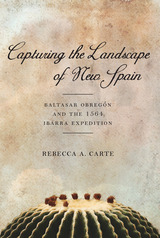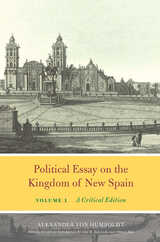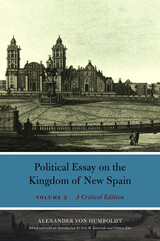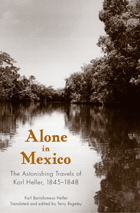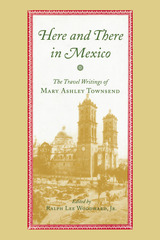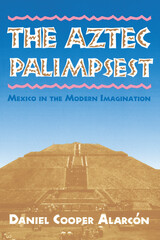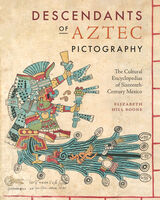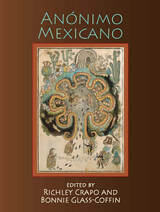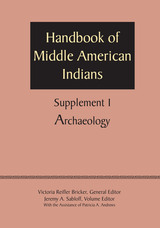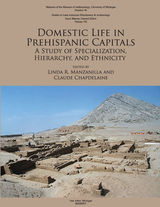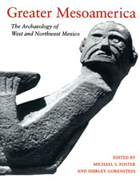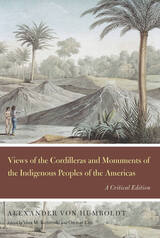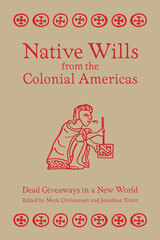Capturing the Landscape of New Spain: Baltasar Obregón and the 1564 Ibarra Expedition
University of Arizona Press, 2015
Cloth: 978-0-8165-3142-4 | eISBN: 978-0-8165-3224-7
Library of Congress Classification F1211.C38 2015
Dewey Decimal Classification 972.02
Cloth: 978-0-8165-3142-4 | eISBN: 978-0-8165-3224-7
Library of Congress Classification F1211.C38 2015
Dewey Decimal Classification 972.02
ABOUT THIS BOOK | AUTHOR BIOGRAPHY | REVIEWS | TOC
ABOUT THIS BOOK
The son of an encomendero, Baltasar Obregón was twenty years old when he joined the 1564 expedition led by the first governor of Nueva Vizcaya, Francisco de Ibarra. The purpose of the expedition was to establish mining settlements in the borderlands of New Spain and to suppress indigenous rebellions in the region.
Although Obregón’s role in the Ibarra expedition was that of soldier-explorer, and despite his lacking an advanced education, he would go on to compose Historia de los descubrimientos de Nueva España twenty years later, expanding his narrative to include the years before and after his own firsthand experiences with Ibarra. Obregón depicts the storied landscape of the northern borderlands with vivid imagery, fusing setting and situation, constructing a new reality of what was, is, and should be, and presenting it as truth.
In Capturing the Landscape of New Spain, Rebecca A. Carte explains how landscape performs a primary role in Obregón’s retelling, emerging at times as protagonist and others as antagonist. Carte argues that Obregón’s textualization offers one of the first renderings of the region through the Occidental cultural lens, offering insight into Spanish cultural perceptions of landscape during a period of important social and political shifts.
By examining mapping and landscape discourse, Carte shows how history and geography, past and present, people and land, come together to fashion the landscape of northern New Spain.
Although Obregón’s role in the Ibarra expedition was that of soldier-explorer, and despite his lacking an advanced education, he would go on to compose Historia de los descubrimientos de Nueva España twenty years later, expanding his narrative to include the years before and after his own firsthand experiences with Ibarra. Obregón depicts the storied landscape of the northern borderlands with vivid imagery, fusing setting and situation, constructing a new reality of what was, is, and should be, and presenting it as truth.
In Capturing the Landscape of New Spain, Rebecca A. Carte explains how landscape performs a primary role in Obregón’s retelling, emerging at times as protagonist and others as antagonist. Carte argues that Obregón’s textualization offers one of the first renderings of the region through the Occidental cultural lens, offering insight into Spanish cultural perceptions of landscape during a period of important social and political shifts.
By examining mapping and landscape discourse, Carte shows how history and geography, past and present, people and land, come together to fashion the landscape of northern New Spain.
See other books on: Capturing | Discovery and exploration | Landscape | Landscapes in literature | New Spain
See other titles from University of Arizona Press
